During recent human history, a state of permanent peace has been sought by populations, governments and institutions through actions that repress the escalation of violence in different levels. Nations have shared the common goal of achieving long-lasting harmony in their relations and they have ambitioned for a prevailing state of order. Even academics have supported the idea that, thanks to these efforts, the world is more peaceful today than it has ever been. Nonetheless, for us to be able to sympathize or disregard such ideas, it is important to first define and understand what the term peace means.
This concept, although widely recognized by individuals from all regions and from all backgrounds, lacks a consensus on a clear definition due to the set of embedded social characteristics it holds. For practical matters, we will assume in this brief analysis the term peace as the utter absence of violence and conflict.
Although we must recognize the type of violence that was present during war times in the twentieth century does no longer take place in the international system, to assume that we live in a peaceful world is an assertion with such grandeur that it would ultimately makes us blind to the transcendent fact that violence and conflict are dynamic concepts, which have in fact transformed rather than disappeared.
Peace in the 1900′
In the 1900s, evidence suggests that the nature of violence was found in the escalation of international conflicts and in external factors that led rulers to decide on war rather than peace. This tendency, even though it was carried out incessantly, came to an end when the world saw a number of battle-related deaths that was inhumane, and an economic collapse of the major powers that was unsustainable. Thus, the result of the First and Second World Wars for the international community, under the awareness of the devastation they had caused, was the pursuit of alliances that prevented another similar catastrophic event. The spread of commerce, democratic regimes and the proliferation of nuclear weapons in the aftermath served this purpose, these elements not only contributed to the strengthening of peaceful relations among countries, but they also dissuaded rouge states from starting new wars.
Modern Day Peace
As mentioned before, although this type of violence has gradually disappeared, modern violence trends have shaped conflicts in ways where they have moved from an inter-state condition, to intra-state forms of struggle, affecting the everyday of societies.
Conveying a picture of perfect world peace in the current scenario seems simplistic when acknowledging the existence of societal unrest, population displacement and human security transgression in some countries. This means, while the overall level of conflicts and violence in the world have decreased in the last century, some aspects of society are still being affected.
Notwithstanding this information, the assessment of the current path of the world towards peace should make us optimistic in the sense that, despite the fact that conflict and violence still exist, all actors we mentioned at the beginning of the analysis have proven to remain attentive and interested in extending solutions to the diversification of violence, and in improving the well-being of societies through both the creation and implementation of international agendas.
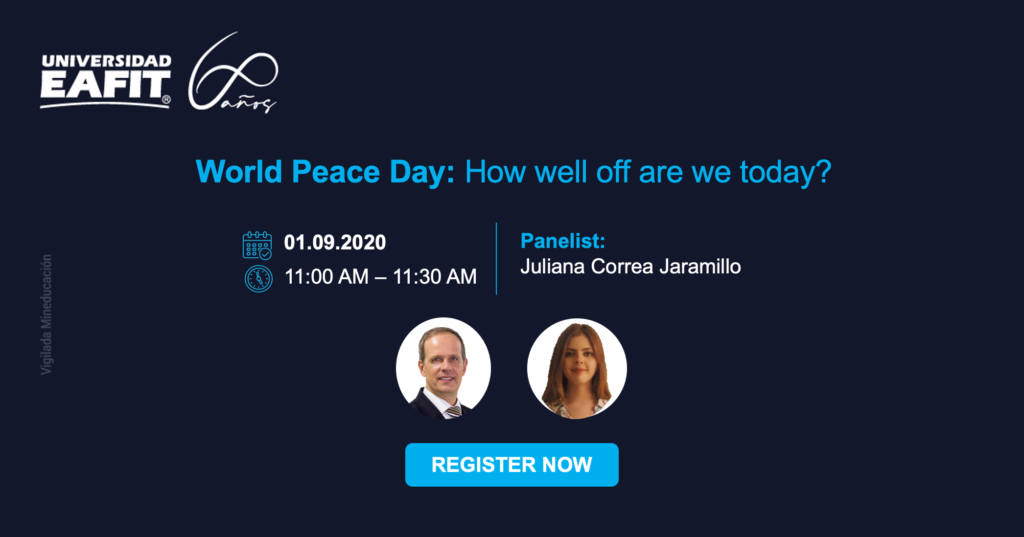
Juliana Correa Jaramillo
Master in International Relations, Security and Development
Faculty professor at EAFIT University
Kindly supported by Master of International Business (MIB)
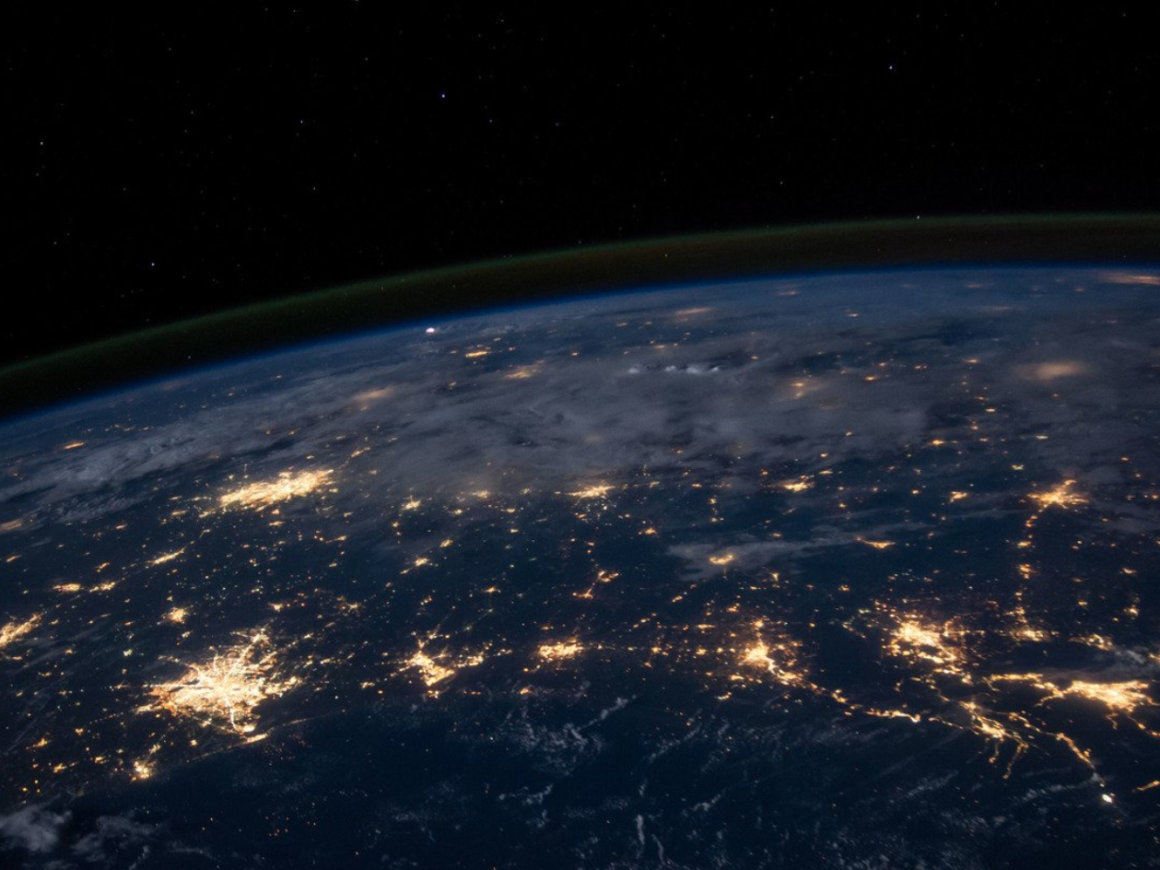

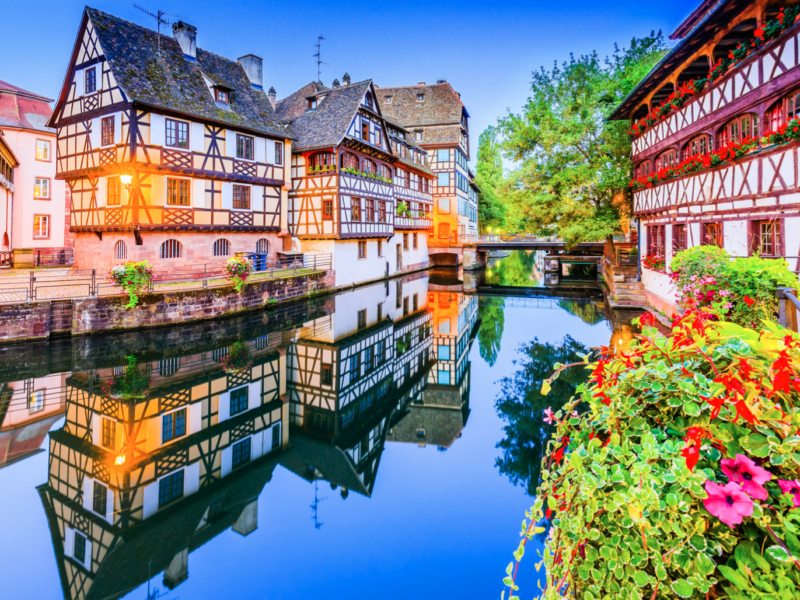
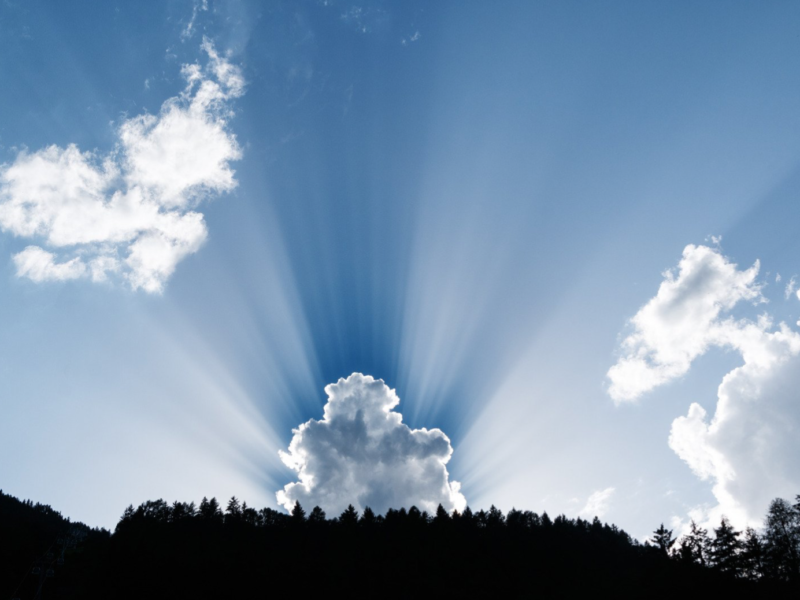
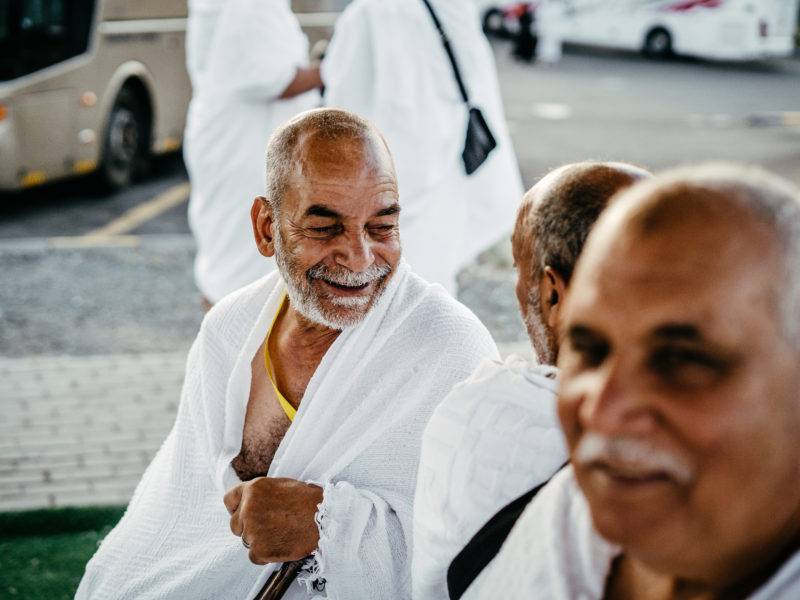
3 comments
Comments are closed.